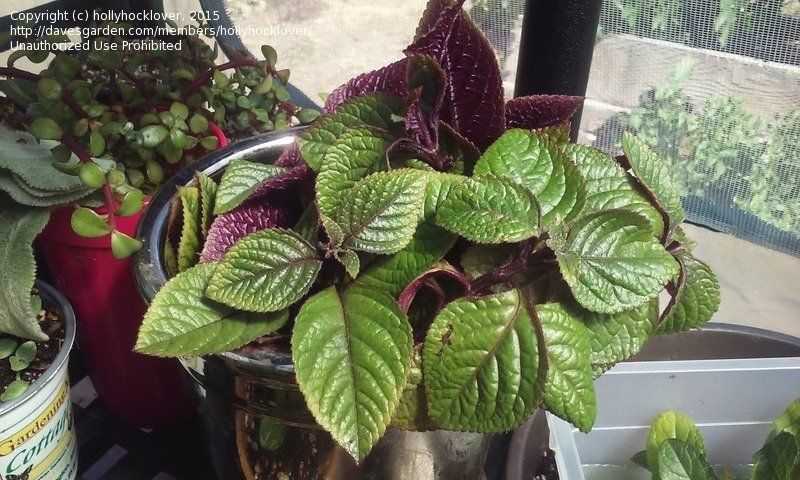Contents
I. Understanding the Rodent Menace
A. Introduction to Rodents
Rodents, characterized by their gnawing incisors and prolific breeding, pose a significant threat to both residential and commercial properties in Lafayette. Among the most common rodent species encountered in the area are house mice, Norway rats, and roof rats. These adaptable creatures can infiltrate buildings through small cracks and crevices, making them challenging to eradicate to get Pest Control Lafayette.
B. Impact of Rodents
Rodents not only jeopardize human health but also cause extensive damage to property and infrastructure. They are carriers of various diseases, including salmonella and leptospirosis, transmitted through their urine, feces, and saliva. Moreover, rodents are notorious for gnawing on electrical wiring, insulation, and structural components, leading to costly repairs and safety hazards. Additionally, rodent infestations can result in financial losses for businesses and tarnish the reputation of establishments.
II. Prevention Methods for Rodent Infestations
A. Structural Exclusion Techniques
Preventing rodent entry begins with fortifying the structural integrity of buildings. This involves sealing off potential entry points such as gaps around doors and windows, vents, and utility penetrations. Installing rodent-proofing materials like door sweeps and mesh screens further deters rodent intrusion. Proper sanitation practices, such as storing food in sealed containers and promptly disposing of garbage, also play a crucial role in preventing infestations.
B. Environmental Modifications
Creating an environment that is inhospitable to rodents is essential for long-term prevention. This includes removing food sources such as spilled birdseed and overgrown vegetation, which can attract rodents. Eliminating clutter and debris reduces potential harborages for rodents, making the environment less conducive to infestations. Moreover, addressing moisture issues through proper drainage and ventilation helps discourage rodent activity.
C. Rodent Deterrents and Repellents
Various deterrents and repellents can be utilized to discourage rodents from entering properties. Ultrasonic devices emit high-frequency sound waves that are irritating to rodents but imperceptible to humans and pets. Natural repellents like peppermint oil can be applied to areas prone to rodent activity as a non-toxic alternative. Additionally, electronic traps and devices offer a humane and effective means of controlling rodent populations without the use of chemicals.
III. Professional Rodent Removal Solutions
A. Rodent Trapping Techniques
Trapping remains one of the most common methods of rodent removal due to its effectiveness and versatility. Snap traps, designed to quickly and humanely dispatch rodents, are commonly used indoors, while glue traps are effective for capturing rodents in hard-to-reach areas. Live traps, on the other hand, allow for the capture and release of rodents back into the wild.
B. Chemical Rodent Control
In cases where trapping alone is insufficient to control rodent populations, chemical rodent control methods may be employed. Rodenticides are toxic baits designed to be ingested by rodents, leading to lethal effects. Tracking powders, containing inert materials coated with rodenticide, can be strategically placed to monitor rodent activity and identify infestation hotspots. Bait stations offer a tamper-resistant means of deploying rodenticides while minimizing the risk to non-target species.
C. Integrated Pest Management (IPM) Approaches
Integrated Pest Management (IPM) emphasizes a holistic approach to rodent control, integrating multiple strategies to achieve long-term success. This includes…
IV. Signs of Rodent Infestation and Detection Methods
A. Visual Indicators
Detecting rodent infestations often involves identifying visual cues left behind by these elusive creatures. Rodent droppings, resembling small pellets, are commonly found in areas of high rodent activity, such as kitchens and storage rooms.
V. Rodent Removal: A Comprehensive Approach
A. Importance of Timely Intervention
When it comes to rodent infestations, early detection and intervention are crucial for preventing.
B. Collaboration with Pest Control Professionals
Given the challenges associated with rodent control, enlisting the services of pest control professionals is highly advisable.
C. Embracing Preventive Measures for Long-Term Rodent Control
While addressing existing rodent infestations is essential, implementing preventive measures is equally important.




